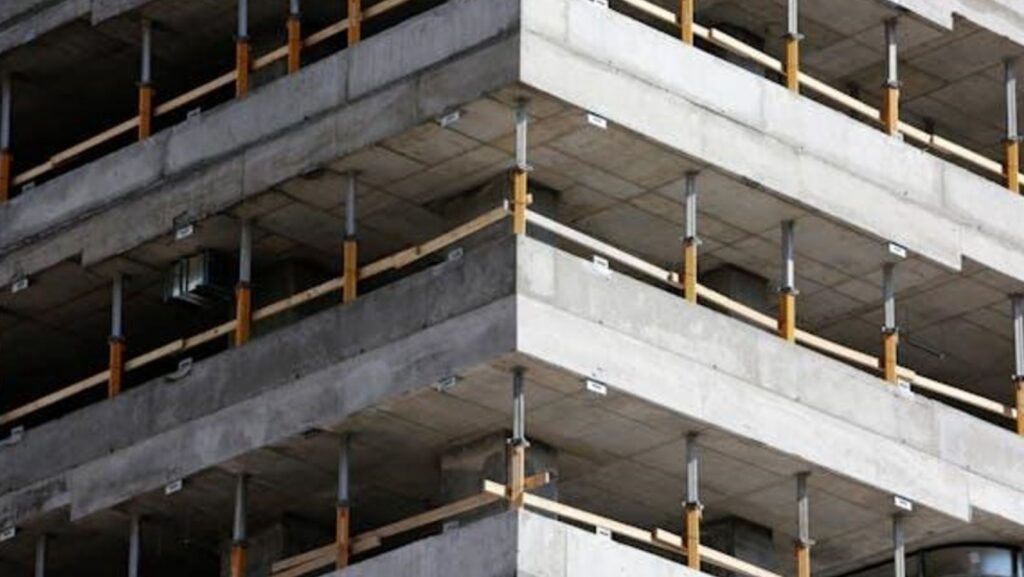Reality capture is crucial for staying competitive and efficient. Learn more about this technology in detail in this 5-minute guide to Construction Photo Documentation. This article delves into seven key benefits of reality capture that no construction firm should overlook, highlighting how this technology can revolutionize various aspects of construction management.
The Role of Reality Capture in Construction
Reality capture encompasses a range of technologies that create precise digital replicas of physical environments. These include 3D laser scanning, photogrammetry, and LiDAR, which collectively offer a comprehensive and detailed view of construction sites. By integrating these technologies, construction firms can enhance accuracy, streamline communication, and improve overall project management. In the following sections, we will explore seven significant benefits of reality capture technology.
-
Enhanced Accuracy
Reality capture technology provides unparalleled accuracy in data collection. Traditional methods of measurement and inspection often leave room for human error, which can lead to costly mistakes and rework. With reality capture, every detail of the construction site is meticulously recorded, producing high-resolution 3D models that are accurate to the millimeter. This precision ensures that discrepancies between the design and actual construction are quickly identified and rectified, reducing the risk of errors and delays.
-
Improved Communication
Effective communication is vital for the success of any construction project. Reality capture technology facilitates better communication by providing a common visual reference for all stakeholders. Detailed 3D models and up-to-date site documentation can be easily shared with architects, engineers, contractors, and clients, ensuring everyone is on the same page. This shared understanding helps in making informed decisions, addressing potential issues promptly, and fostering a collaborative working environment.
-
Real-Time Progress Monitoring
A significant advantage offered by reality capture technology is the ability to track project progress in real-time.

By using drones and other scanning devices, construction sites can be continuously monitored, and the data can be used to update digital models in real-time. This capability allows project managers to track progress accurately, identify any deviations from the schedule, and take corrective actions swiftly. Real-time monitoring ensures that projects stay on track and within budget.
-
Enhanced Documentation
Proper documentation is crucial for verifying that construction work meets the required standards and specifications. Reality capture provides a robust solution for maintaining comprehensive and accurate records. Detailed 3D models and digital replicas of the site serve as permanent records that can be referenced at any stage of the project. These records are invaluable for verifying that work has been completed correctly, resolving disputes, and ensuring compliance with regulatory requirements.
-
Increased Safety
Safety is a top priority in the construction industry, and reality capture technology significantly contributes to creating safer work environments. Traditional site inspections often involve physically accessing hazardous areas, posing risks to personnel. Reality capture, on the other hand, allows for remote inspections using drones and ground-based scanners. These tools can safely capture data from hard-to-reach or dangerous locations, reducing the need for workers to enter hazardous areas and thereby minimizing the risk of accidents.
-
Cost Efficiency
While the initial investment in reality capture technology may seem substantial, the long-term cost savings are significant. By providing precise data and enhancing accuracy, reality capture reduces the likelihood of errors and rework, which are often expensive and time-consuming.

Additionally, the technology enables better resource management, allowing for more efficient allocation of labor, materials, and equipment. These efficiencies contribute to overall cost savings and help in delivering projects within budget.
-
Legal and Regulatory Compliance
Adhering to legal and regulatory standards is essential for construction firms to avoid penalties and legal disputes. Reality capture technology aids in ensuring compliance by providing detailed and verifiable records of the construction process. These digital records can demonstrate that all work has been performed according to the required standards and regulations. In the event of an audit or legal dispute, these records serve as crucial evidence to support compliance and defend against claims.
Conclusion
Reality capture technology offers numerous benefits that are essential for modern construction management. From enhanced accuracy and improved communication to increased safety and cost efficiency, the advantages of reality capture are manifold. By embracing this technology, construction firms can ensure smoother project execution, reduce the likelihood of disputes, and achieve greater overall success. As the construction industry continues to evolve, the adoption of reality capture will undoubtedly become a standard practice, driving innovation and excellence in project delivery.



